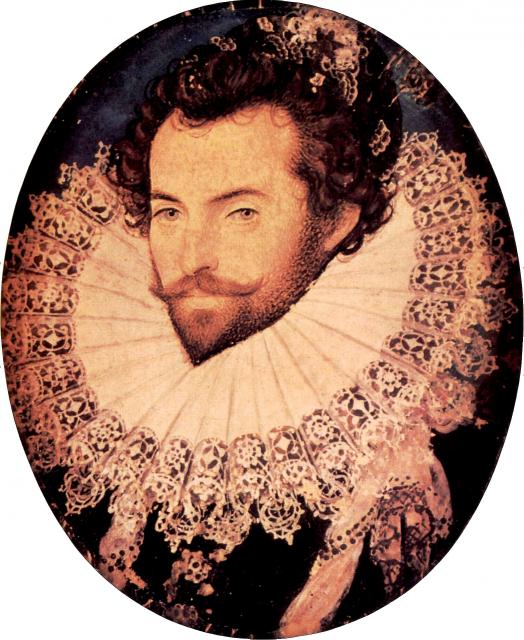The era called the Elizabethan England was a time of many developments and was considered as the Golden Age in English history. This era was led by Queen Elizabeth I, the sixth and the last ruler of Tudor. The great developments and advancements that happened during this time can be partly attributed to the leadership of the Queen. For many, Queen Elizabeth I was England's best monarch. Many considered the Queen as a wise and just Queen and chose the right advisers and never let herself get dominated by these advisers. She ruled the era for 45 fruitful years.The Elizabethan era which Queen Elizabeth I ruled and led for 45 years was the height of the English Renaissance and the time of the development of English poetry and literature. When Queen Elizabeth I was the Queen, Nicholas Hilliard was considered as the most widely recognized figure in the field of fine arts.
 |
| Nicholas Hilliard |








